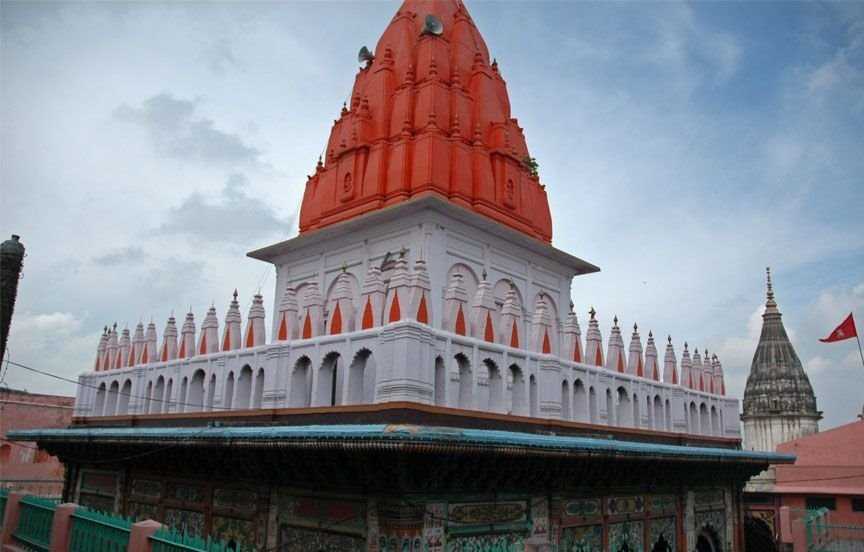Complete Guide about Ayodhya Ram Mandir
-
Location
Shri Ram Mandir Ayodhya Q5WV+6VF, Sai Nagar, Ayodhya, Uttar Pradesh 224123
-
Timings
Every Day
- -
Entry Fee
Free Entry


Ayodhya Ram Mandir
About Ayodhya Ram Janmabhoomi
The Ram Janmabhoomi, which translates to “the Birthplace of Ram,” is thought to have been the location of Lord Ram’s birth as a Hindu deity. The seventh manifestation of Lord Vishnu, Ram, is said to have grown up near the Sarayu River in Ayodhya, according to the Indian epic Ramayan. Hindu devotees hold a high regard for the Ram Janmabhoomi.
The Ram Janmabhoomi land, which had long been a source of controversy, was given to a trust by the Indian Supreme Court so that it could be used to construct the Ram Temple. The Ram Temple of Ayodhya’s foundation stone was laid on August 5, 2020, during a ceremony presided over by Prime Minister Narendra Modi. The temple’s proposed design is opulent and magnificent.
The renowned Babri Masjid was formerly located at the Ram Janmabhoomi site. In order to construct this mosque at the site of Lord Ram’s birth, it is thought that the Mughals destroyed a Hindu shrine. A group of Hindu nationalists destroyed the Babri Masjid in 1992, sparking a wave of bloody riots across India. A five-judge panel of the Supreme Court ordered that the land be given to a trust so that the Ram Temple could be built in October 2019. The Sunni Waqf Board also received an additional 5 acres of land to construct a mosque.
Vaikom Mahadeva Temple Official website Link
www.vaikomtemple.org
The History
The renowned Babri Masjid was formerly located at the Ram Janmabhoomi site. In order to construct this mosque at the site of Lord Ram’s birth, it is thought that the Mughals destroyed a Hindu shrine. A group of Hindu nationalists destroyed the Babri Masjid in 1992, sparking a wave of bloody riots across India. A five-judge panel of the Supreme Court ordered that the land be given to a trust so that the Ram Temple could be built in October 2019. The Sunni Waqf Board also received an additional 5 acres of land to construct a mosque.
The Ram Janmabhoomi was a part of the Delhi Sultanate until the 16th century, at which point it came under Mughal rule. The Babri Masjid was erected during this time. From the late 19th century to the middle of the 20th century, the region was a bustling British colony.
The Architecture
Nagara Architecture of Ayodhya’s Ram Mandir:
The massive temple at Rama Janmabhoomi in Ayodhya will be built in the Nagara style.
Northern India is home to temples built in the Nagara architectural style.
The temple in the Nagara style is typically built on a raised platform called a jagati. In front of the Garbhagriha are Mandapas. The tallest one is located above the Garbhagriha and is adorned with the Shikhara.
Typically, boundary walls and gateways in the Nagara architectural style are not ornate.
Typically, the pradakshina patha is covered and there is no water tank on the temple grounds.
The tallest tower is always directly beneath the garbhagriha.
The following architectural components are found in a Hindu temple’s basic form:
The temple’s primary deity or deities are housed in a small room called the garbhagriha.
The portico or hall at the temple’s entrance known as the mandapa is typically made to accommodate a large number of people.
Shikhara is a mountain-like spire that can be shaped in a variety of ways, such as pyramidal or curvilinear.
The main deity’s mount or vehicle that is typically placed in line of sight from Garbhagriha is known as a vahana.
Dekho Apna Desh
The DAD of Tourism
Get Direction to Ayodhya Ram Mandir
Near Attractions



